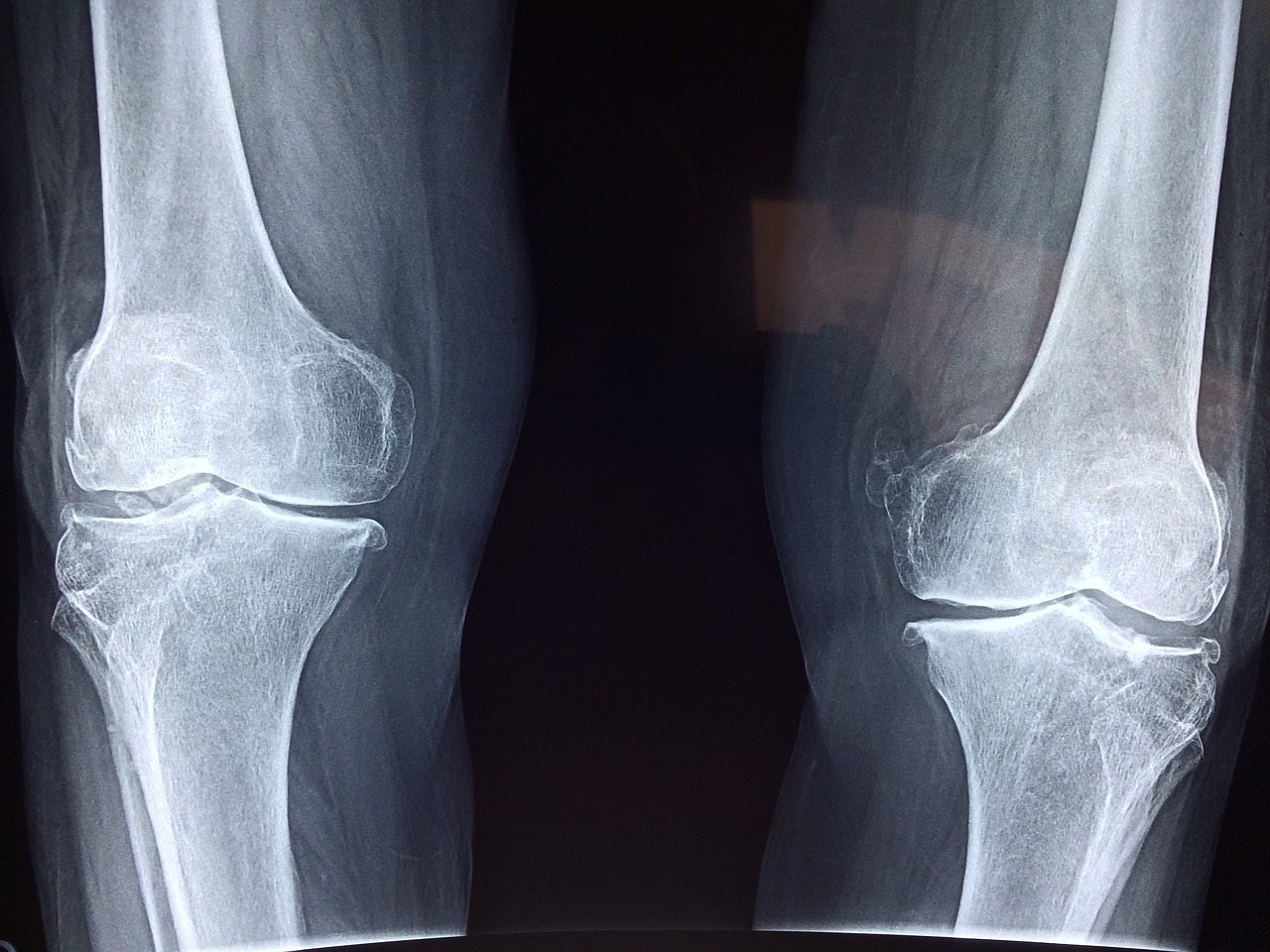Article Title:Family history and the risk of coronary heart disease: Comparing predictive models
Abstract:
Family history is commonly used when evaluating coronary heart disease (CHD) risk yet it is usually treated as a simple binary variable according to the occurrence or non-occurrence of disease. This definition however fails to consider the potential components of a family history which may in fact exert different degrees of influence on the overall risk profile. The purpose of this paper is to compare different predictive models for CHD which incorporate family history as either a binary variable or different types of family risk indices in terms of their predictive ability. Models for estimating CHD risk were constructed based on usual risk factors and different family history variables. This construction was accomplished using logistic regression and RECursive Partition and AMalgamation (RECPAM) trees. Our analyses demonstrate the importance of using more sophisticated definitions of family history variables compared to a simple binary approach since this leads to a significant improvement in the predictive ability of CHD risk models.
Keywords: coronary heart disease; family history; logistic regression; RECursive Partition and AMalgamation; risk factors
DOI: 10.1023/A:1015587428172
Source:EUROPEAN JOURNAL OF EPIDEMIOLOGY
Welcome to correct the error, please contact email: humanisticspider@gmail.com



